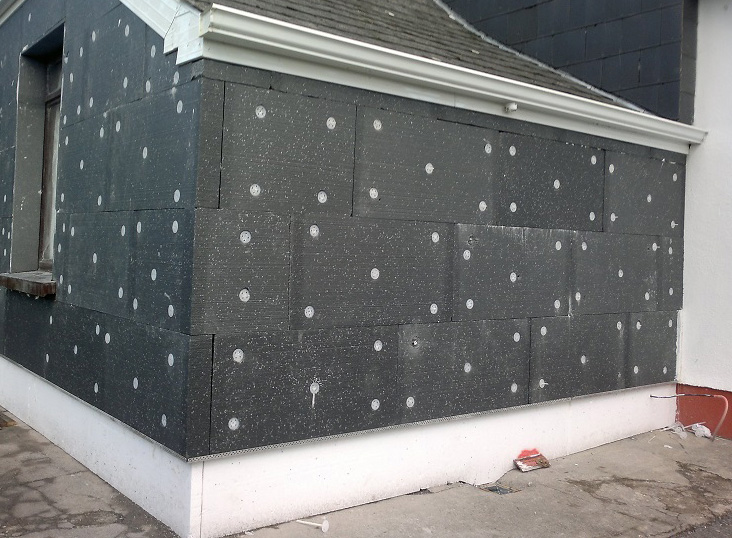Recently, we found that in the Greek market, due to the announcement of energy saving programs in buildings, uncontrolled company forms are circulating as "information leaflets" of thermal insulation systems, and refer to expanded polystyrene products and especially the use of thermal material in outdoor heating systems.
International experience and practice in all markets of the world clearly shows how expanded polystyrene is the thermal insulation material used in more than 80% of external thermal insulation systems.
Especially for Europe the market share of expanded polystyrene in the market of outdoor thermal insulation systems of buildings exceeds 85% on average followed by stone wool boards used by a percentage of 12%.
It is obvious that in countries where the use of external thermal insulation systems has a long history, and the markets are now mature in knowledge of the technical requirements of these systems, the undisputed No. 1 in use thermal insulation material are expanded polystyrene slabs.
The reason is simple. The technical and physical properties of expanded polystyrene make it the safest, most efficient, easy to use and economically viable thermal insulation material on the market for this particular use. And this applies to both the construction phase and the operation of buildings for as many decades as they are used.
In addition, based on the defamatory information about the product circulating in the market, we present some valid technical data for the better information of the public and especially of the engineers and the manufacturers of buildings:
The two most commonly used materials for thermal insulation in the Greek market are:
EPS: ExpandedPolystren
XPS: ExtrudedPolystren
I. RESISTANT IN CROSSINGS AND ANTHECTIVITY OF EXTERNAL HEATING SYSTEMS
A major issue for building users is the durability and resilience of the exterior surface of outdoor thermal insulation systems.
Sto, under the responsibility of the largest manufacturer of external thermal insulation systems, must thoroughly investigate every technical detail of the materials it selects for its systems. In this process, dozens of thermal insulation materials are tested and tested in combination with the most suitable coatings for the creation of a new StoTherm system.
At the end of 2010, Sto had 23 ETA technical certifications for the StoTherm external thermal insulation systems and StoVentec ventilated facades distributed in the world market. None of these systems, and in any market in the world, use extruded polystyrene-XPS‐ plates in a Sto system based on technical approvals and certifications from the most reputable testing institutes and laboratories in Germany, France, Austria, Switzerland and Of America.
The reason is simple, the technical and mechanical properties required by the thermal insulation material for safe, easy and reliable use in external thermal insulation systems are fully met by expanded polystyrene boards and in fact due to the increased elasticity of the material, its use reduces the risk. cracking of coatings due to shrinkage of materials and structural elements.
In addition, the better EPS elasticity combined with the excellent adhesion provided by the expanded polystyrene plates to the elastomeric coatings of the external thermal insulation systems, ensure the excellent cooperation of insulating material and plasters, so that even in extreme mechanical stresses great thermal stresses (strong shocks, collisions shock, etc.) the adhesion remains strong and the insulation and coating system behaves perfectly and elasticly absorbing strong shocks without detaching or cracking.
This protective behavior could not be made possible by the use of hard insulating materials such as e.g. extruded polystyrene-XPS‐ slabs as due to the increased rigidity and hardness of the material, impact and shrinkage are transferred more violently (due to inability to absorb mechanical energy from the thermal insulation material) to the coatings.

